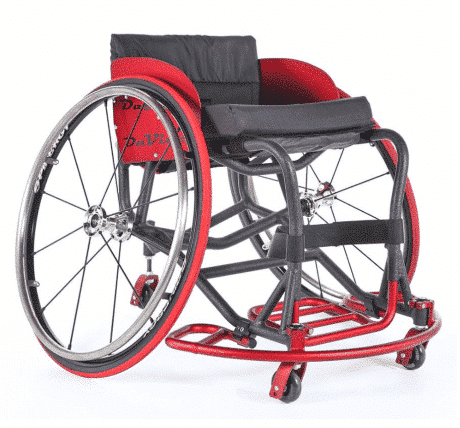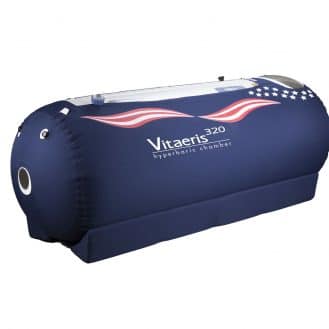
DaVinci sport wheelchair
Just because a person has a physical disability does not mean that they cannot participate in sports. Today, equipment is more and more diversified and easy to use, increasing the options for people with reduced mobility to participate in recreational and competitive sports.
There are many sports that people with physical disabilities can participate in: basketball, rugby, tennis, cycling, hiking, skiing or track and field. The latter was one of the first Paralympic sports and is now among the most popular.
Sport wheelchairs are very different from regular manual or electric wheelchairs. Athletes with disabilities also have a standard chair for everyday life and a competition chair for their sport.
Competition wheelchairs are lighter and easier to handle than traditional ones. They have a smaller seat and no armrests or headrests to allow for a greater range of movement. In many cases, they have tires adapted to the sporting venue, whether this is a gym or an outdoor field. The wheels are generally tilted to allow for better speed management, the chassis is narrower and reinforced while the seat can be tilted differently.
Wheelchair racing requires the acquisition of specific equipment such as a rigid frame mounted on three wheels, and essential accessories such as a helmet and gloves. For wheelchair or handbike cycling, a manually propelled three-wheeled vehicle is also required, complete with elements for propulsion (chainrings, derailleurs, cranks) and braking (handle and brake levers).








Thanks for telling me that we should consider what kind of comfort is needed by the individual before buying a chair for him. My grandfather is having a hard time moving around and sitting on normal furniture, so we’re thinking that buying wheelchairs or lift chair recliners might be beneficial to him. I hope we can find a nearby store where we can consult experts on what is the best choice for his situation.